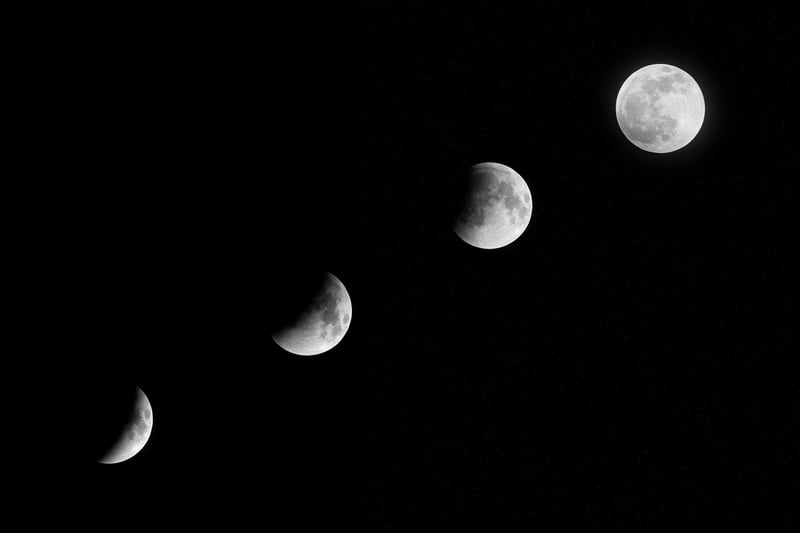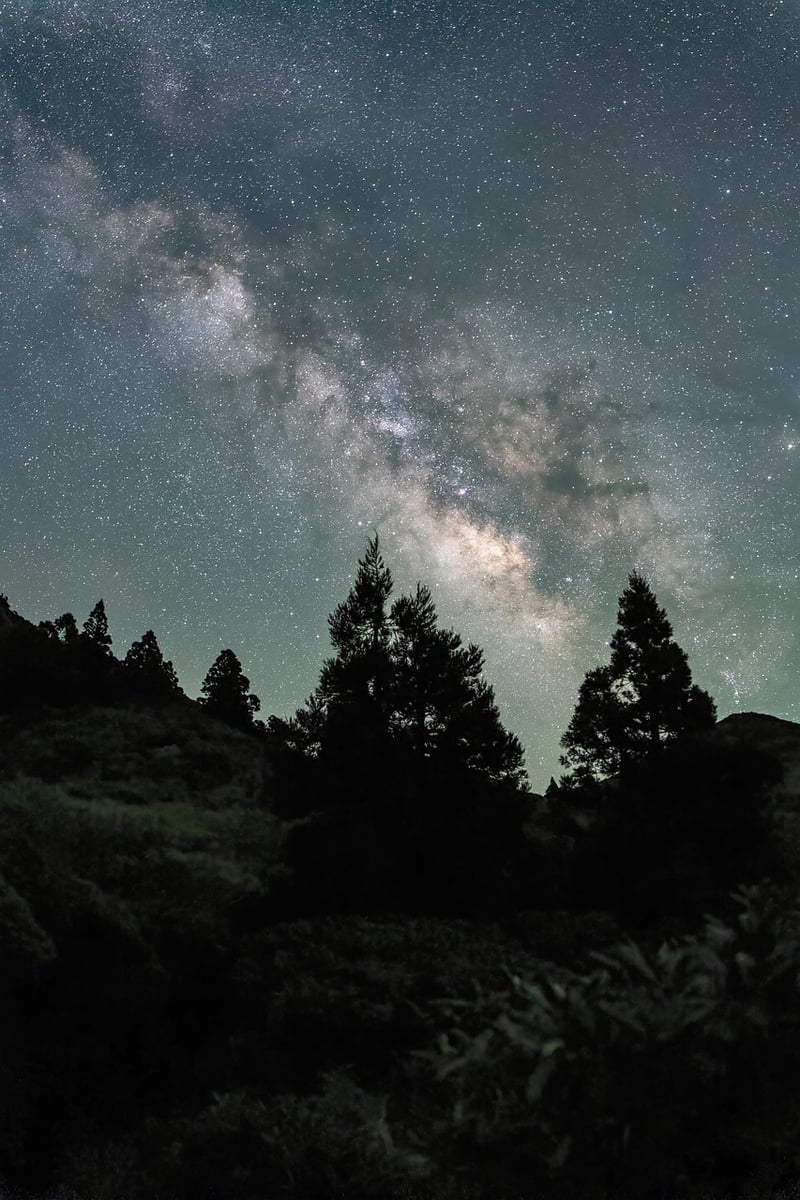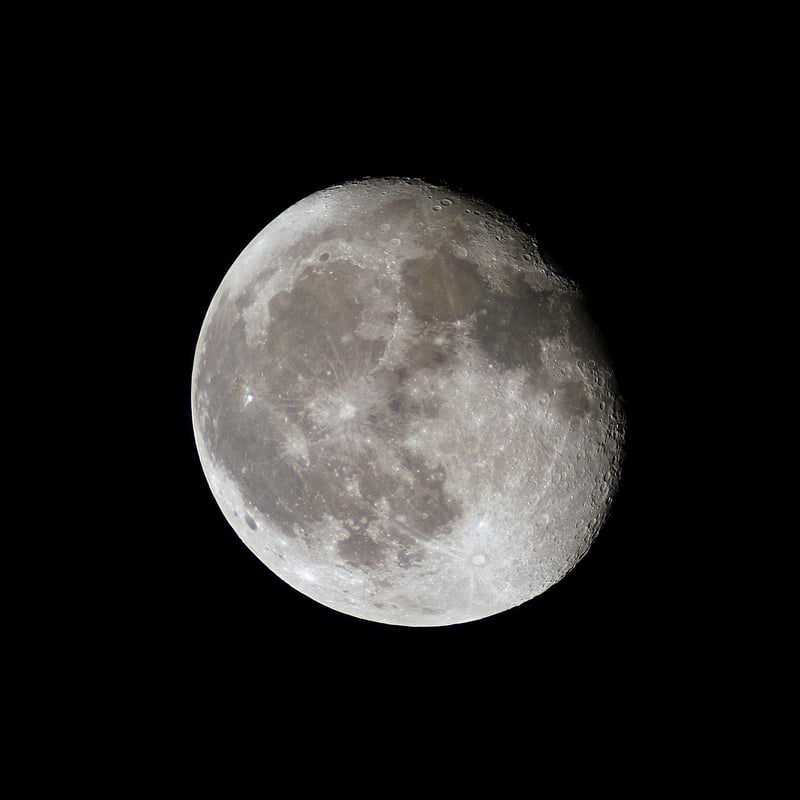Lunar Discoveries
Exploring Earth's Satellite + Lunar Discoveries
Earth's satellite, the Moon, has been a subject of fascination and study for centuries. Let's delve into some of the most intriguing discoveries and facts about our celestial neighbor.
The Moon's Formation
Scientists believe that the Moon was formed around 4.5 billion years ago from debris left after a Mars-sized body collided with Earth. This impact led to the creation of the Moon, which has since played a crucial role in shaping Earth's climate and tides.
Lunar Surface Features
The Moon's surface is covered with various features, including impact craters, maria (dark plains), highlands, and rilles (long, narrow depressions). Notably, the Moon has no atmosphere, which means there is no erosion, resulting in well-preserved impact craters.
Exploration Missions
Humanity's exploration of the Moon has been ongoing for decades. Notable missions include the Apollo program, which landed astronauts on the Moon, and more recent robotic missions like the Lunar Reconnaissance Orbiter, which continues to study the Moon's surface in detail.
Water on the Moon
Recent discoveries have indicated the presence of water ice on the Moon, particularly in permanently shadowed regions near the poles. This discovery has significant implications for future lunar exploration and potential colonization efforts.
Future Exploration
Looking ahead, there are ambitious plans to return humans to the Moon as part of NASA's Artemis program and other international initiatives. These missions aim to establish a sustainable presence on the Moon and pave the way for future crewed missions to Mars.
Conclusion
The Moon continues to captivate us with its mysteries and potential for scientific discovery. As we uncover more about our celestial companion, we gain valuable insights into the history of our solar system and the possibilities for future space exploration.


For more information on lunar exploration, visit NASA's Moon Exploration Page.
